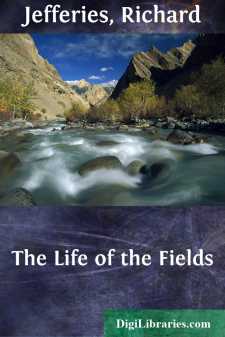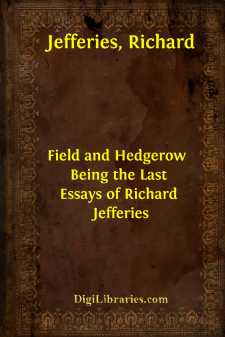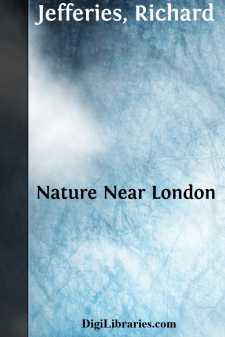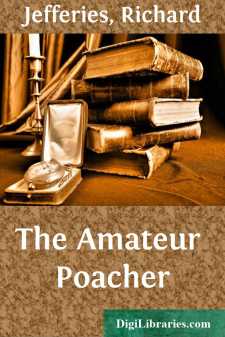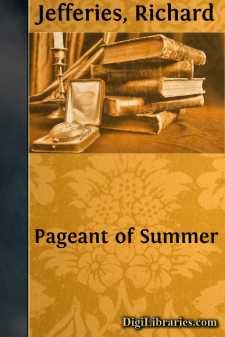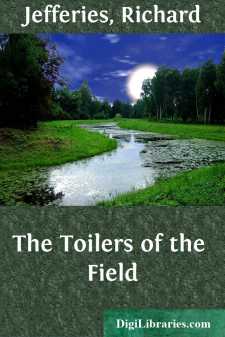Categories
- Antiques & Collectibles 13
- Architecture 36
- Art 48
- Bibles 22
- Biography & Autobiography 813
- Body, Mind & Spirit 142
- Business & Economics 28
- Children's Books 17
- Children's Fiction 14
- Computers 4
- Cooking 94
- Crafts & Hobbies 4
- Drama 346
- Education 46
- Family & Relationships 57
- Fiction 11829
- Games 19
- Gardening 17
- Health & Fitness 34
- History 1377
- House & Home 1
- Humor 147
- Juvenile Fiction 1873
- Juvenile Nonfiction 202
- Language Arts & Disciplines 88
- Law 16
- Literary Collections 686
- Literary Criticism 179
- Mathematics 13
- Medical 41
- Music 40
- Nature 179
- Non-Classifiable 1768
- Performing Arts 7
- Periodicals 1453
- Philosophy 64
- Photography 2
- Poetry 896
- Political Science 203
- Psychology 42
- Reference 154
- Religion 513
- Science 126
- Self-Help 84
- Social Science 81
- Sports & Recreation 34
- Study Aids 3
- Technology & Engineering 59
- Transportation 23
- Travel 463
- True Crime 29
After London Or, Wild England
Categories:
Description:
Excerpt
CHAPTER I
THE GREAT FOREST
The old men say their fathers told them that soon after the fields were left to themselves a change began to be visible. It became green everywhere in the first spring, after London ended, so that all the country looked alike.
The meadows were green, and so was the rising wheat which had been sown, but which neither had nor would receive any further care. Such arable fields as had not been sown, but where the last stubble had been ploughed up, were overrun with couch-grass, and where the short stubble had not been ploughed, the weeds hid it. So that there was no place which was not more or less green; the footpaths were the greenest of all, for such is the nature of grass where it has once been trodden on, and by-and-by, as the summer came on, the former roads were thinly covered with the grass that had spread out from the margin.
In the autumn, as the meadows were not mown, the grass withered as it stood, falling this way and that, as the wind had blown it; the seeds dropped, and the bennets became a greyish-white, or, where the docks and sorrel were thick, a brownish-red. The wheat, after it had ripened, there being no one to reap it, also remained standing, and was eaten by clouds of sparrows, rooks, and pigeons, which flocked to it and were undisturbed, feasting at their pleasure. As the winter came on, the crops were beaten down by the storms, soaked with rain, and trodden upon by herds of animals.
Next summer the prostrate straw of the preceding year was concealed by the young green wheat and barley that sprang up from the grain sown by dropping from the ears, and by quantities of docks, thistles, oxeye daisies, and similar plants. This matted mass grew up through the bleached straw. Charlock, too, hid the rotting roots in the fields under a blaze of yellow flower. The young spring meadow-grass could scarcely push its way up through the long dead grass and bennets of the year previous, but docks and thistles, sorrel, wild carrots, and nettles, found no such difficulty.
Footpaths were concealed by the second year, but roads could be traced, though as green as the sward, and were still the best for walking, because the tangled wheat and weeds, and, in the meadows, the long grass, caught the feet of those who tried to pass through. Year by year the original crops of wheat, barley, oats, and beans asserted their presence by shooting up, but in gradually diminished force, as nettles and coarser plants, such as the wild parsnips, spread out into the fields from the ditches and choked them.
Aquatic grasses from the furrows and water-carriers extended in the meadows, and, with the rushes, helped to destroy or take the place of the former sweet herbage. Meanwhile, the brambles, which grew very fast, had pushed forward their prickly runners farther and farther from the hedges till they had now reached ten or fifteen yards. The briars had followed, and the hedges had widened to three or four times their first breadth, the fields being equally contracted....



